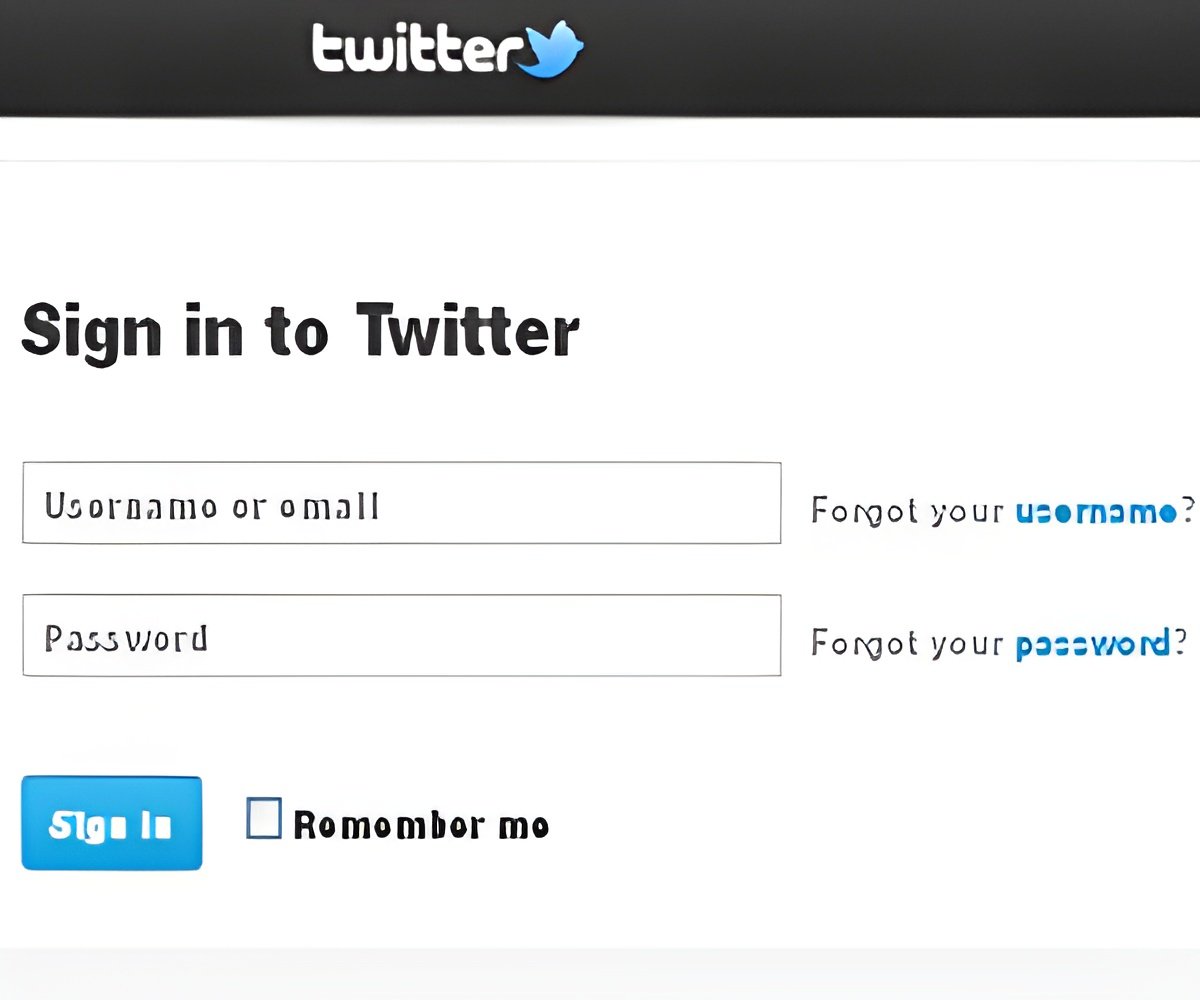Social media platforms like twitter, could become a very important avenue to get mental health-related public health information to a wide audience.

‘Social media platforms can be used to study public behavioral health issues and this will help in reducing suicide and improve awareness of and access to depression treatment resources.’





To better understand patterns of communication related to mental illness on Twitter, researchers collected and analyzed tweets (including retweets), using Autoregressive Integrated Moving Average data analysis, identified with hashtags and terms relating to depression and suicide.Although the literature has identified several factors that help messages successfully resonate and spread on Twitter, this study is one of the first to use an analytic approach to empirically identify periods of heightened interest around a particular topic, because most health-related Twitter studies with an analytic component focus on content analysis.
In this study, ForSight collected data on 176 million tweets from 2011 to 2014 for terms related to depression and suicide. Researchers conducted two types of forecasts using this model. The first was a "day-ahead" forecast using the full 2014 test data. The day-ahead forecasts incorporate all previous realized values of the time series and offer the most precise forecasts based on full information.
Visual inspection strongly suggests that there are four particularly large spikes in tweets evident in the series. Two of them almost certainly indicate temporary heightened interest in behavioral health corresponding to the following national or international events: World Suicide Prevention Day in 2012 and Bell's Let's Talk campaigns in Canada in 2013.
The two other spikes, however, were unrelated to planned campaigns.
Advertisement
Spikes in tweet volume following a behavioral health event like a mental health institution's planned campaign often last for less than 2 days. Individuals and organizations wanting to disseminate behavioral health messages on Twitter to respond to heightened periods of interest may want to take into account this limited time frame. Tweet volume following expected increases fell back to the predicted level more rapidly than those following unexpected events.
Advertisement
"This works represents an exciting new way to study public behavioral health issues. Leveraging the power of Twitter and other "big data" allows us to formulate new responses to mental health issues that concern the public. With time, we hope that this new tool will help in reducing suicide and improve awareness of and access to depression treatment resources."
Source-Medindia












